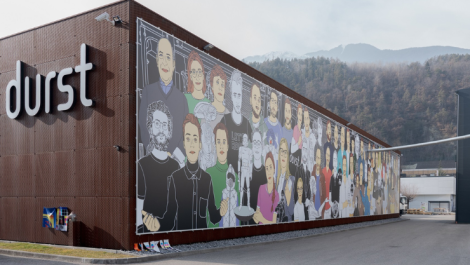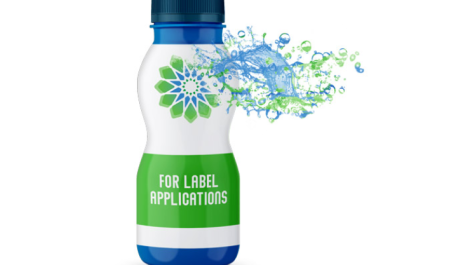The European Printing Ink Association (EuPIA) has reiterated the views of its members regarding a number of compounding issues that are leading to significant pressure on printing ink manufacturers and their supply chains across the continent.
Founded in 2003, EuPIA represents the printing ink industry in Europe. It represents the common interests of about 80 manufacturers of printing inks and varnishes in Europe, which stand for more than 90% of European ink sales.
EuPIA noted that manufacturers are currently witnessing an aggregation of factors, mostly triggered by the Covid-19 crisis, which are severely impacting the overall raw material supply chain. This includes the increased cost of pigment raw materials, tightening upstream petrochemical supply chains, cost increases for vegetable oil derivatives, and dramatically increased freight costs – largely due to the reduced availability of containers. These are ‘highlights of myriad destabilising factors’, according to EuPIA. They also mirror the comments of Siegwerk and Dr Arash Babai, the company’s director of global purchasing.
Specifically, early in the first quarter of 2021, global pigment raw material costs, including for Titanium Dioxide (TiO2), have already seen sharp increases. Key drivers for the increases include high demand across all industries, greater domestic supply requirements in producing countries, generic supply vs demand imbalances, and higher pigment component costs. While the actual costs vary widely from region to region, higher than average per ton costs have been aggravated by significantly higher freight costs. This early in the year, EuPIA noted that TiO2 supply is already restrained, with limited supply flexibility beyond regular volumes. This has resulted in significantly extended lead times to secure supply and further forecasting instability. For coloured pigments, petrochemical feedstock cost increases as well as increased logistics costs have coalesced to drive up finished pigment costs.
In parallel to pigments, petrochemical raw materials have experienced higher costs. In Q2 2020, costs across the majority of petrochemical segments increased. Shortages of epoxy resins, high demand for polypropylene glycols utilised in the production of flexible foams and increases in acrylic acids have all been witnessed, dependant on location. In addition, due to ongoing freight constraints, manufacturers are experiencing longer delivery times and prolonged inflation of shipping container costs. All this volatility has led to additional complexity in logistical planning and difficulty in accurately predicting longer term forecasts.
From Q4 2020 and continuing into 2021, EuPIA said there has been an ‘astounding’ vegetable oil price rally to six-year highs due to several developments compounding together: palm oil production is at a three-year low, while palm oil stocks worldwide are at low levels; soybean oil complex turned from a surplus to deficit with unfavourable weather conditions in the US and drought damage in Latin America reducing both production and supplies; and Chinese imports and consumption has risen more sharply than expected. All these factors have impacted the cost of vegetable oils and their derivatives such as alkyd resins and esters, which are the main backbone of paste ink used in both packaging and publication printing.
An underlying issue affecting the majority of global commerce is disruption in the world’s shipping trade. The catalyst for this disruption is the Covid-19 pandemic, which has triggered erratic demands for international trade. Previous shipping container movements (typically point-to-point and back again with some degree of regularity) have become more chaotic. As a result, containers have been sent to ports around the world where they have become stranded; many containers are now in the wrong parts of the world or in off-beat ports. The inequities between customer demand and short supply have resulted in a severe global shortage of freight capacity. For perspective, prices of containers between China and Europe have risen more than 400% since Q4 2020.
With raw materials and freight comprising the majority of the overall cost to produce printing inks, EuPIA noted that it is, ‘therefore inevitable that these higher material costs coupled to limited availability will have a major impact on the efficiency and resilience of producing companies.’
The association stated, ‘Exponentially higher freight costs will further exacerbate the current situation. As in the case of previous supply disruptions, EuPIA members seek to mitigate higher costs via internal process optimisation measures, alternate sourcing and increasing efficiencies.’
Read about further developments in inks and toners in the January/February 2021 issue of Digital Labels & Packaging; register here to receive your copy of the magazine





